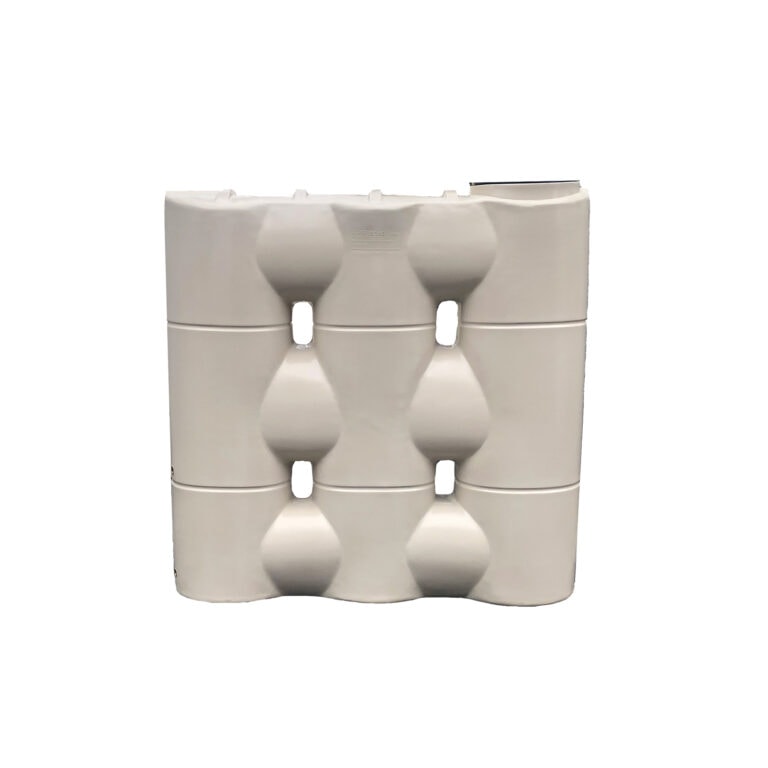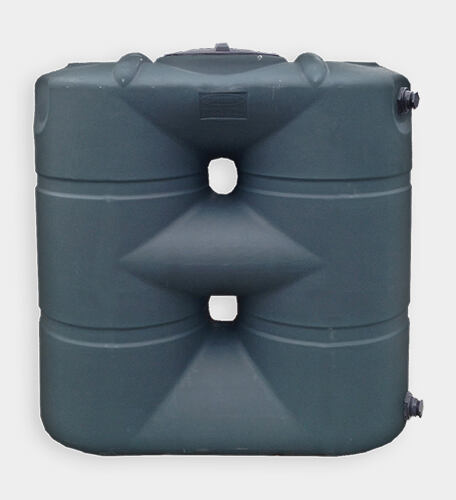Slimline Water Tanks: Space-Saving Solutions for Tiny Residences
Slimline Water Tanks: Space-Saving Solutions for Tiny Residences
Blog Article
Checking Out the Different Uses of Rainwater Containers for Residential and Commercial Characteristics
As the international focus on lasting living practices continues to heighten, the use of rainwater containers in both property and business setups has actually become an essential remedy. These tanks supply a reservoir for rain harvesting, offering a myriad of potential applications that expand much past plain storage. From watering to toilet flushing and landscaping, the adaptability of rainwater storage tanks is huge. In addition, their integration into industrial homes opens up a realm of opportunities for ecologically mindful services. The complex usages of rain containers offer a compelling instance for their fostering, not just as a functional water-saving procedure but also as a testimony to liable source management.
Benefits of Utilizing Rain Storage Tanks
Making use of rain containers provides many advantages for both houses and neighborhoods in terms of water conservation and sustainability. One of the vital advantages of making use of rain containers is the considerable decrease in reliance on mains supply of water - Slimline water tanks. By capturing and storing rain for later use, individuals and areas can decrease their need for treated water, inevitably alleviating the burden on water therapy centers and lowering energy usage related to water transport and therapy
Moreover, rain harvesting with tanks offers a dependable alternate water source during times of water constraints or scarcities. This stored rain can be used for different non-potable objectives such as watering, flushing commodes, and washing garments, lowering the strain on standard water resources. Furthermore, utilizing rainwater tanks can cause cost financial savings for both homes and neighborhoods by decreasing water costs and lowering the need for costly framework developments to fulfill growing water demands.
Basically, the utilization of rain containers supplies a lasting and eco pleasant strategy to water management, benefiting both private customers and the more comprehensive community in terms of water conservation, cost-efficiency, and durability.
Rain Container Usage in Irrigation
Given the benefits of rainwater storage tanks in preserving water resources and lowering reliance on mains water system, a considerable application lies in using stored rain for irrigation functions - Slimline water tanks. Rain harvesting systems can effectively accumulate and keep rain, giving a lasting water source for watering yards, lawns, and agricultural areas. By making use of rain for irrigation, homeowner can reduce their dependence on cured water resources, causing set you back financial savings and environmental benefits

One of the main benefits of making use of rain for watering is its pureness. Rain is normally soft and without the chemicals and ingredients usually found in keys water, making it suitable for beneficial plants without the threat of dangerous effects. Additionally, rain is at ambient temperature, which can profit plant growth by avoiding temperature shocks that can take place with cold keys water.
Rainwater Storage Tanks for Toilet Flushing

Executing rain storage tanks for bathroom flushing is an economical and eco pleasant technique that can be quickly integrated into both residential and industrial residential properties. The saved rain can be used to flush toilets by connecting the container to the existing pipes system. This simple yet effective solution can considerably reduce water intake in a structure, especially in locations where water shortage is a concern.

Including Rain Containers in Landscape Design
These storage tanks can catch and store webpage rain overflow from roofs, which can then be used for watering yards, lawns, and plants. By making use of rainwater for irrigation purposes, residential or commercial property owners can reduce their reliance on metropolitan water sources, leading to go to website cost financial savings and preservation of precious water sources.
Along with offering a lasting water resource for landscape design requirements, rain tanks can additionally aid in handling stormwater overflow. By capturing rainwater that would certainly or else move right into tornado drains, these containers can alleviate disintegration, decrease flooding risks, and protect against air pollution of all-natural water bodies. Moreover, including rain storage tanks in landscaping can add to the total visual charm of the building, showcasing a commitment to ecological stewardship.
Commercial Applications of Rain Storage Tanks
Making use of rainwater storage tanks in business setups uses a sustainable option for water administration and preservation, benefiting companies and the atmosphere alike. One crucial industrial use is for watering functions, where harvested rain can be utilized to water landscape design, yards, and farming fields bordering business residential properties.
In addition, rainwater accumulated in containers can be dealt with and made use of for non-potable objectives within commercial residential properties, such as flushing commodes, cleaning, and cooling down systems. Overall, the consolidation of rain tanks in commercial settings presents a useful and ecologically accountable method to water administration.
Final Thought
From watering to bathroom flushing and landscape design, the use of rainwater tanks can assist save water sources and decrease water costs. In visit the site general, the flexibility and sustainability of rain containers make them a useful financial investment for any residential or commercial property owner looking to increase water performance.
Report this page